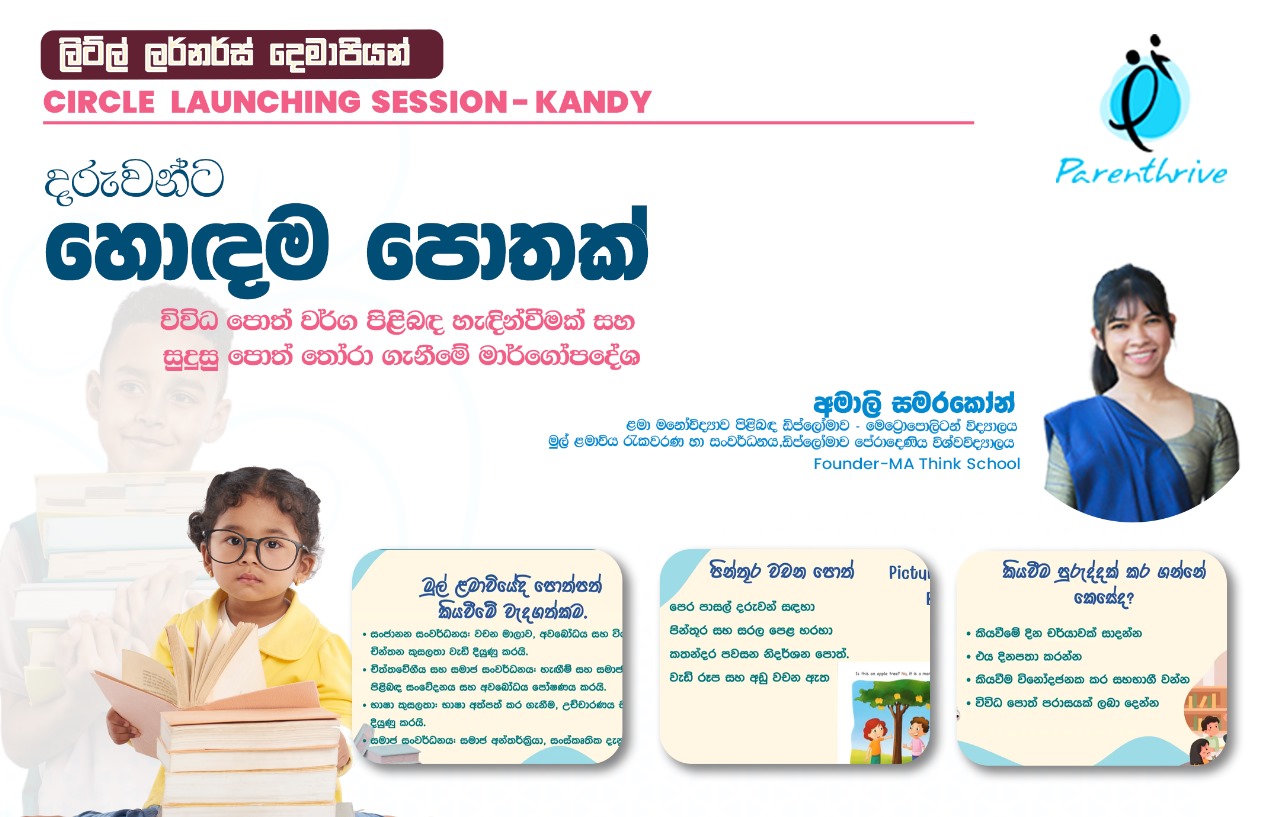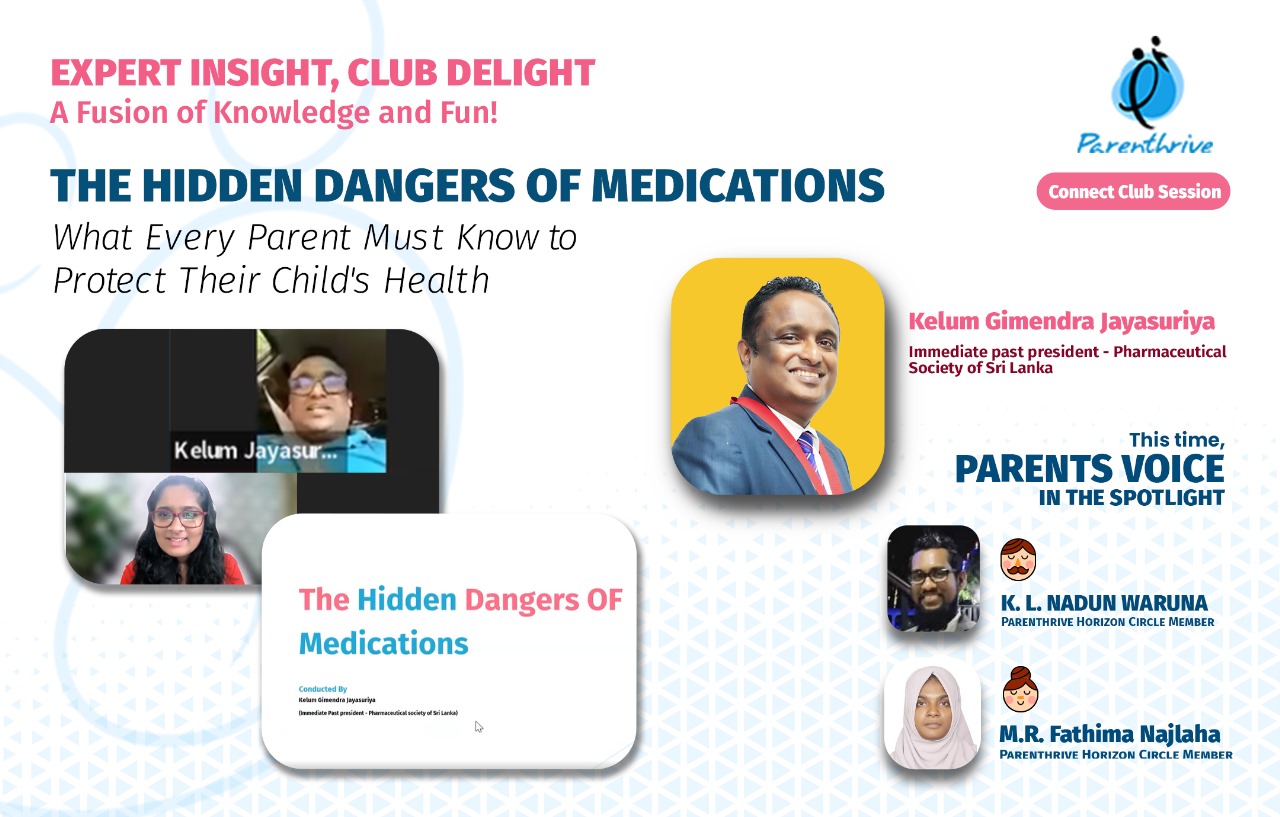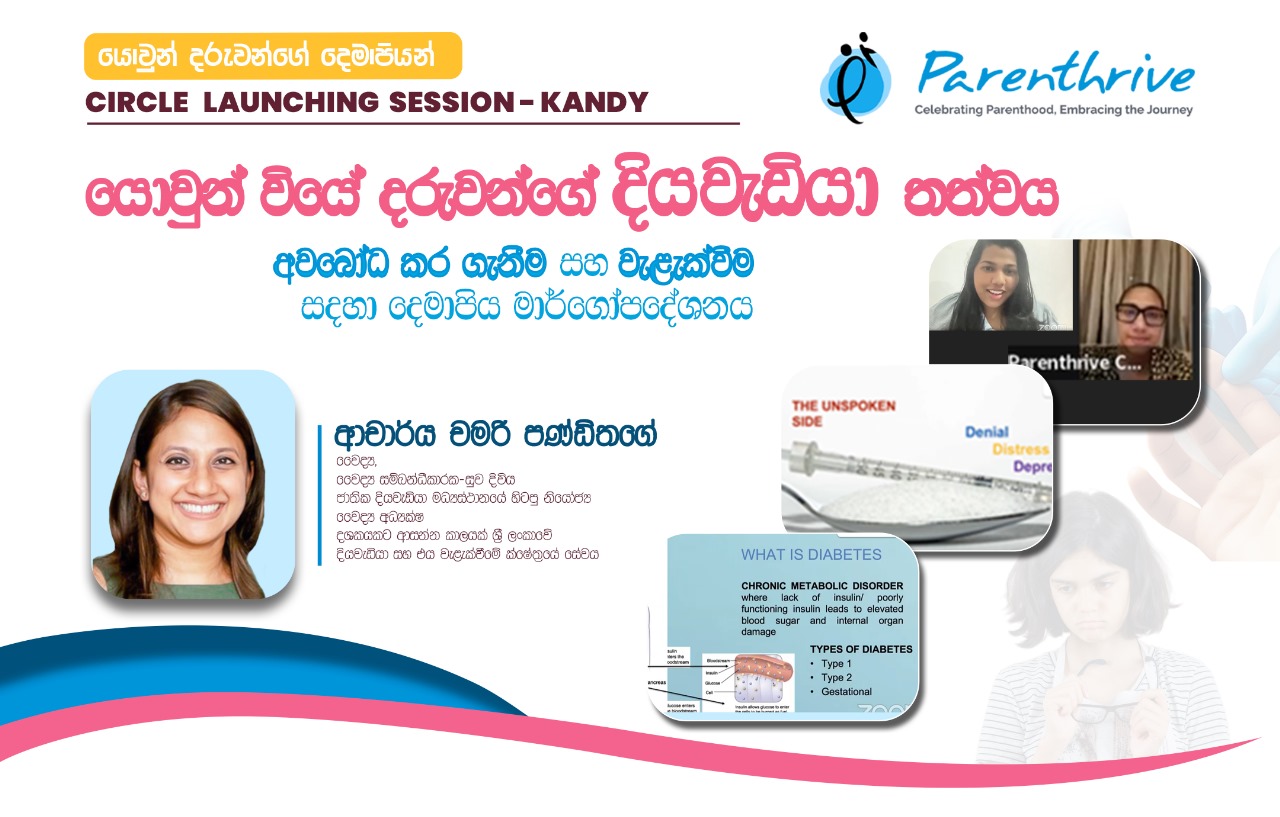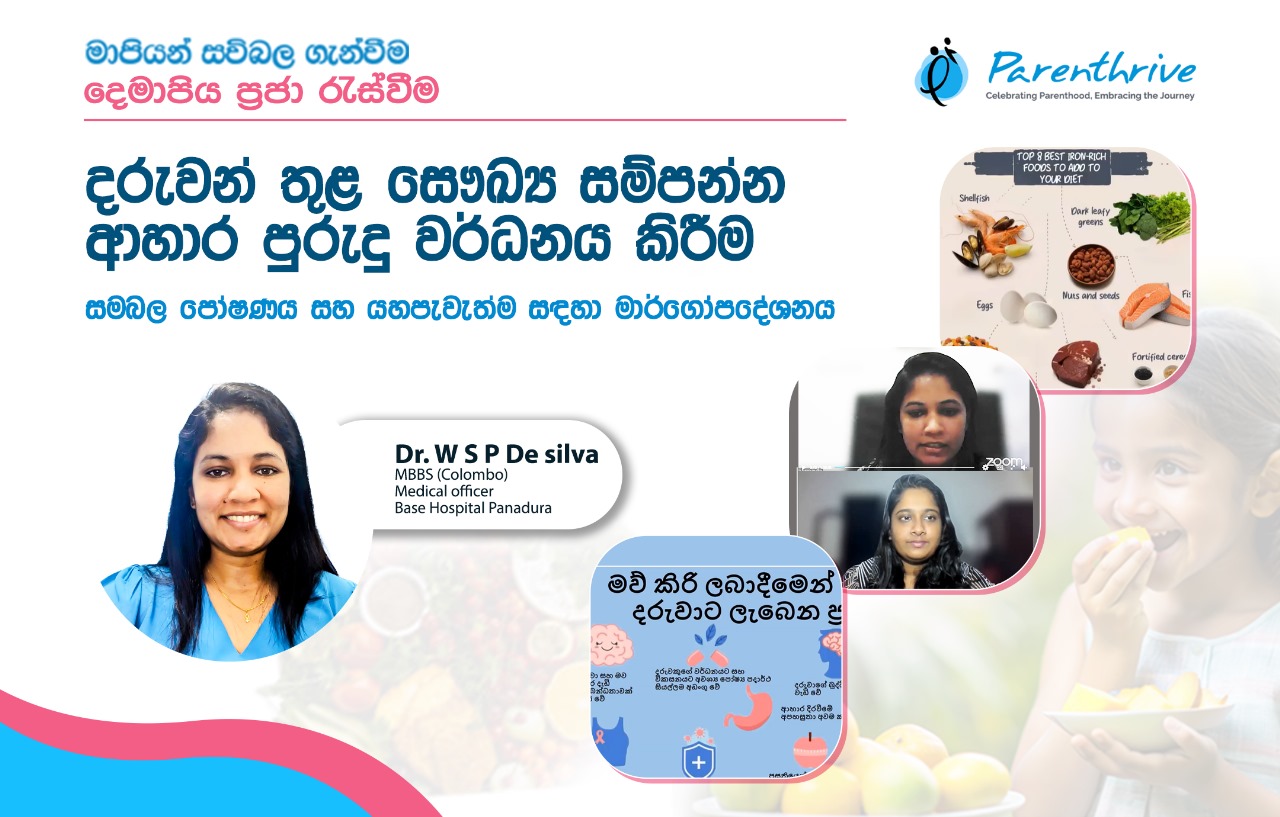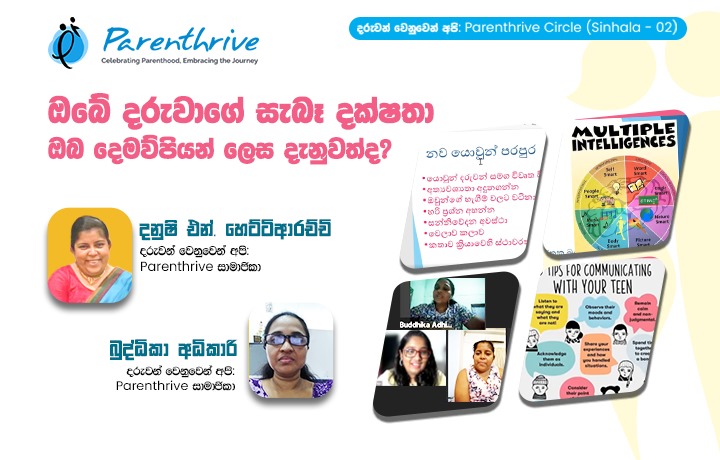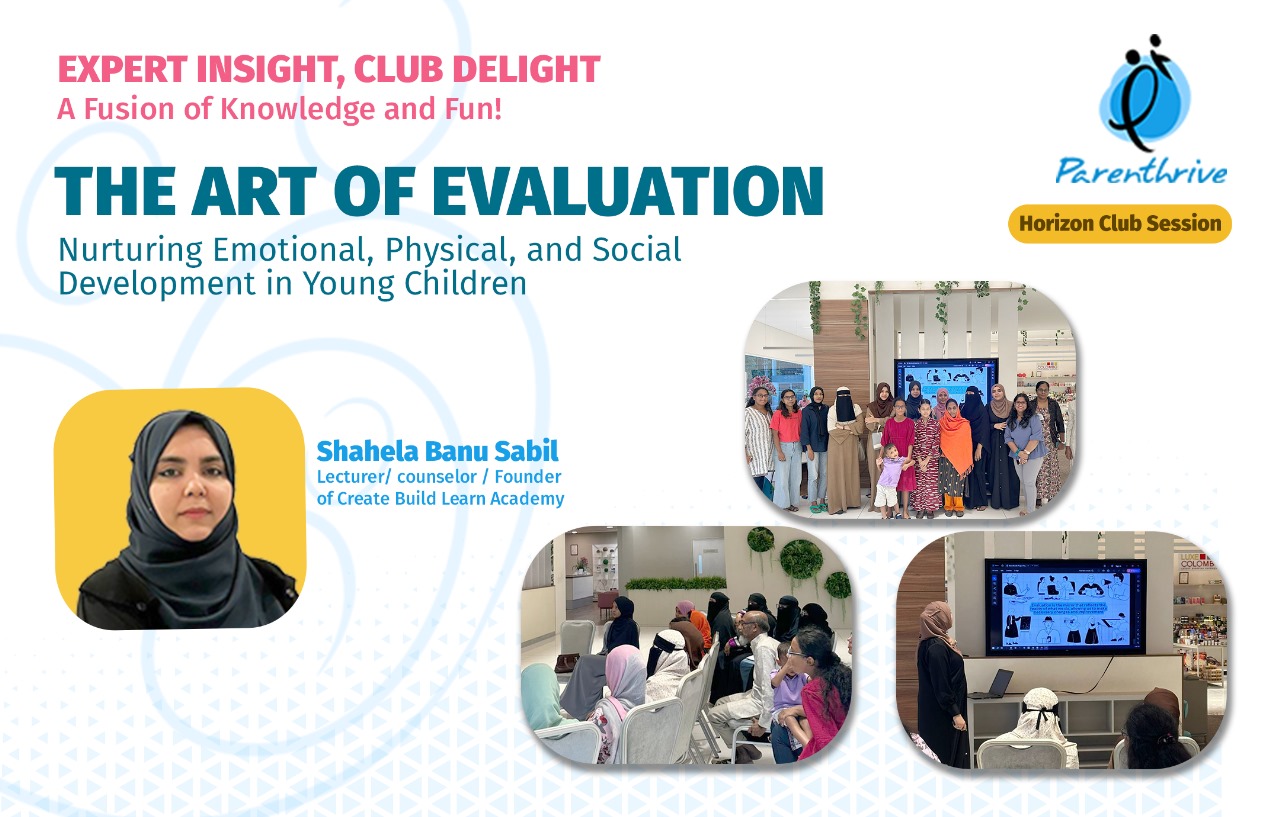
Child language development is a pivotal aspect of early childhood, shaped profoundly by the parenting environment. Whether in single-parent or two-parent families, the quality and nature of interactions between parents and children play a crucial role in language acquisition.
Language Development in Single-Parent Families
Children in single-parent families often experience unique dynamics. Despite potential socioeconomic challenges, the quality of interaction between the parent and child is paramount. Single parents who engage actively in conversations, storytelling, and reading can provide a rich linguistic environment that fosters strong language skills.
- Parental Engagement: The single parent's commitment to engaging in meaningful dialogues, asking open-ended questions, and encouraging the child to express themselves enhances language development.
- Reading Activities: Regular reading sessions, where the parent not only reads to the child but also discusses the story, ask questions, and relates the content to the child's experiences, can significantly boost vocabulary and comprehension skills.
- Emotional Bonding: A strong emotional bond and consistent support from the single parent create a secure environment where the child feels comfortable exploring and using language.
Language Development in Two-Parent Families
In two-parent families, children benefit from the combined linguistic input from both parents. This typically results in a richer and more diverse language environment.
- Diverse Interactions: Exposure to different communication styles, vocabulary, and conversational patterns from both parents can enhance language development.
- Collaborative Learning: Activities that involve both parents, such as joint storytelling, discussions, and interactive play, provide varied linguistic stimuli that support language growth.
- Balanced Attention: The division of caregiving duties can allow for more balanced and sustained interaction with the child, ensuring continuous linguistic engagement.
Comparative Impact
- Quality Over Quantity: Regardless of family structure, the quality of parental interactions is more critical than the quantity. Engaged, responsive, and nurturing communication practices are key to fostering language development.
- Socioeconomic Factors: Economic stability often associated with two-parent households can provide more resources for educational materials and activities, indirectly supporting language development. However, single parents can mitigate these challenges by maximizing the quality of interactions and utilizing community resources.
- Emotional Support: Emotional stability and support in both single and two-parent households are crucial for cognitive and linguistic growth. A nurturing and secure environment enables children to thrive linguistically.
Strategies for Enhancing Language Development
- Consistent Communication: Engage in regular conversations with the child, ask open-ended questions, and encourage expressive language use.
- Reading Together: Establish a daily reading routine with diverse and stimulating books. Discuss the stories, ask the child to predict outcomes, and relate the content to their experiences.
- Positive Reinforcement: Encourage and praise the child's attempts to communicate. Positive reinforcement fosters confidence and a willingness to engage in further language use.
- Interactive Play: Incorporate language-rich play activities, such as storytelling, role-playing, and singing, to make language learning fun and engaging.
While family structure can influence the context of language development, the quality of interactions, emotional support, and availability of resources are more decisive factors. Both single and two-parent families can effectively support their children’s language development through dedicated, engaged, and responsive parenting practices. Creating a linguistically rich environment where the child feels supported and encouraged is key to fostering robust language skills, ensuring their cognitive and emotional development.
By understanding and implementing these strategies, parents and caregivers can significantly contribute to their child's language development, irrespective of family structure.

